Design and Technology
“Design and technology is an inspiring, rigorous and practical subject. Using creativity and imagination, pupils design and make products that solve real and relevant problems within a variety of contexts, considering their own and others’ needs, wants and values. They acquire a broad range of subject knowledge and draw on disciplines such as mathematics, science, engineering, computing and art. Pupils learn how to take risks, becoming resourceful, innovative, enterprising and capable citizens. Through the evaluation of past and present design and technology, they develop a critical understanding of its impact on daily life and the wider world. High-quality design and technology education makes an essential contribution to the creativity, culture, wealth and well-being of the nation.”
Design and Technology: Purpose of Study from the 2014 National Curriculum.
What are we trying to achieve?
Our Design and Technology curriculum is part of our ‘Big Ideas’ of Human Creativity and Innovation and Exploration and enables our children to:
- develop the creative, technical and practical expertise needed to perform everyday tasks confidently and to participate successfully in an increasingly technological world;
- build and apply a repertoire of knowledge, understanding and skills in order to design and make high-quality prototypes and products for a wide range of users;
- critique, evaluate and test their ideas and products and the work of others;
- understand and apply the principles of nutrition and learn how to cook.
Design and Technology Themes
- Food
- Mechanisms and Mechanical Systems
- Structures
- Textiles
- Electrical Systems (Key Stage 2 Only)
- Digital World (Key Stage 2 Only)
Our Design and Technology Progression of Knowledge and Skills 2022-2023 shows how our children develop their knowledge and skills in Design and Technology during their time with us.
Our Design and Technology Curriculum Progression of Vocabulary 2022-2023 lists the Design and Technology vocabulary we want our children to focus on in their lessons. Our children will learn many more words than this, but these are the key words that will help them understand Design and Technology and link the knowledge they have learned to other areas of the curriculum.
How do we organise learning?
To support the implementation of our Design and Technology curriculum we are guided by Kapow Primary. Kapow Primary supports our teachers to develop their Design and Technology expertise and plan and deliver engaging lessons. This ensures that our children progress by knowing more, remembering more and being able to do more.
Our Design and Technology Curriculum Overview shows the units of work our children will experience during their time with us. Design and Technology is taught once every half term for a whole day. You can find out more about how we structure our Design and Technology teaching in our Design and Technology Non-Negotiables.
|
|
How well are we achieving our aims?
In Design and Technology, we assess the attainment and progress of each child through formative assessment during each part of the project using the Kapow learning outcome statements. We use observation of application of skills, questioning, research and problem solving, alongside the four elements of the design process. We also use short quizzes and self- evaluation as part of the assessment.
By using Kapow to support the implementation of our Design and Technology curriculum, we ensure that skills taught to children are progressive and build on previous learning. For example, in textiles, pupils begin in Year 1 learning to thread needles and use running stitch, culminating in Year 6 where they are designing and making waistcoats. The six key areas are revisited each year, with Electrical systems and Digital World beginning in Key Stage 2. This means that as children engage with our Design and Technology curriculum, we ensure that they make good progress in the full range of design skills across the subject.
Subject Leader: Mrs Sam Player

Page reviewed on 19/08/24 by KJD.

